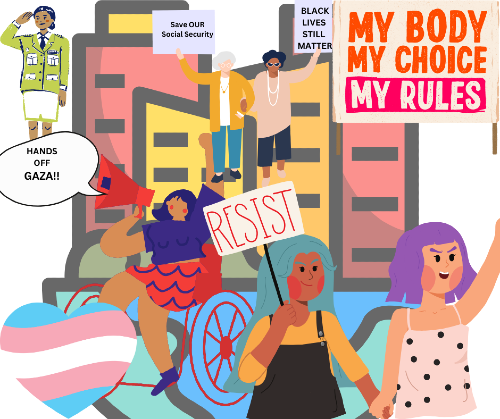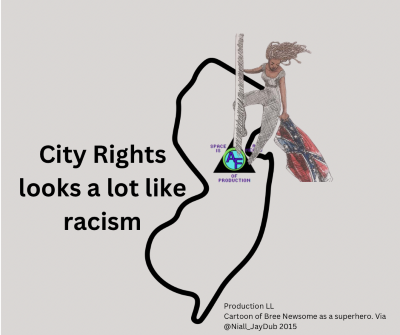Single Family Zoning birthed the Cult of Feminine Domesticity

The employment prospects I received as a young woman came through my women friends. In the U.S., the labor market has always been deeply communal, relying heavily on word of mouth. This dynamic has made hypersegregation highly effective at suppressing African American employment. But there’s another kind of segregation to consider: the segregation created by sprawl. To reference the first known printed version of the phrase from 1926: “Location. Location. Location.”
Suburbia and exurbia have deliberately isolated women from much of life’s economic and social opportunities, including fulfilling work.
The mid-century American Dream wasn’t organic; it was a manufactured middle class ideal, shaped by industry and amplified by Madison Avenue. The dream included for women, a car —a small cute one—- so you did not have to ride your bike or take public transit, both of which are unsafe. During World War II, working and middle class women worked—and not just the young and single. Mothers with children worked too. They often found jobs through their neighbors in urban communities like Los Angeles, New York, and Chicago. A washwoman, for instance, might strike up a conversation with a Rosie the Riveter walking through her neighborhood and learn about the high wages the defense industry offered that conversation could transform the washwoman into a better-paid defense worker.
(This anecdote was swiped from the 2022 book Woman: The American History of an Idea by Lillian Faderman).





